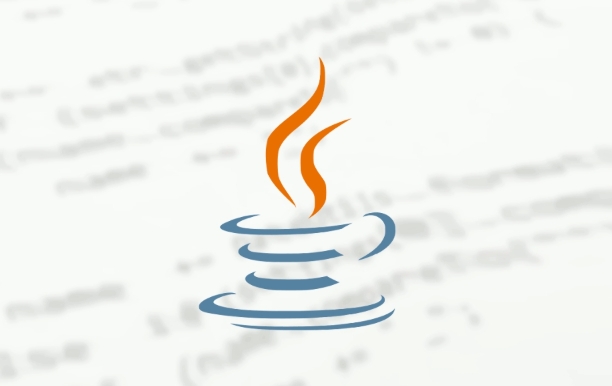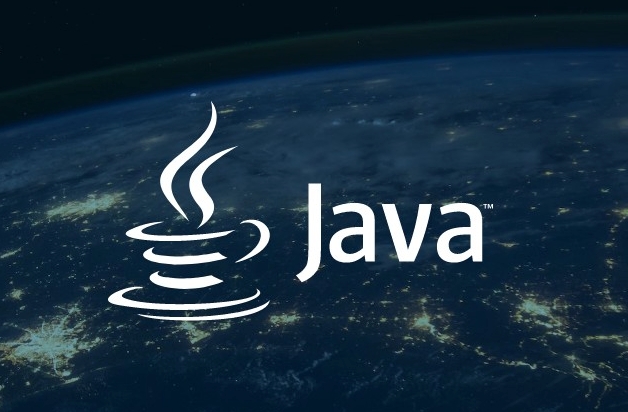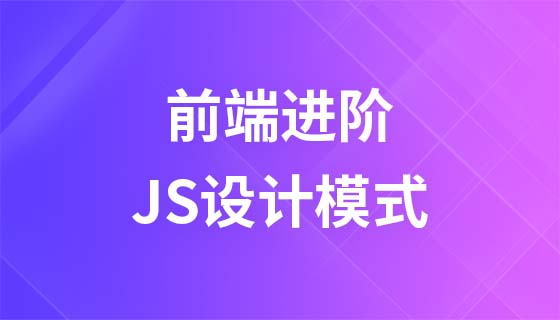Future.get()如何获取真实异常?
时间:2025-07-05 23:04:26 158浏览 收藏
小伙伴们有没有觉得学习文章很有意思?有意思就对了!今天就给大家带来《Future.get() 抛出的 ExecutionException 是一个包装异常,它包含了实际发生异常的根源。要解包并获取真实异常原因,可以使用 getCause() 方法。示例代码:try {
Future
Future.get()抛出ExecutionException时,可通过getCause()获取真实异常。当异步任务执行出错,get()会抛出ExecutionException,并将原始异常封装在其cause字段中。1. 使用try-catch捕获ExecutionException;2. 调用getCause()获取被包装的原始异常;3. 判断异常类型并处理。避免ExecutionException的最佳方式是在任务内部捕获并处理所有异常,或返回默认值。若无法避免,则必须依赖getCause()解析真实原因,不可依赖instanceof判断异常类型。若getCause()为null,需检查任务逻辑是否正确。

Future.get()抛出ExecutionException时,通常意味着异步任务内部发生了异常。解包获取真实异常原因的关键在于从ExecutionException中提取被包装的原始异常。

从ExecutionException中获取真实异常:

try {
future.get();
} catch (InterruptedException e) {
// 处理中断异常
Thread.currentThread().interrupt();
} catch (ExecutionException e) {
Throwable cause = e.getCause();
if (cause instanceof MyCustomException) {
// 处理自定义异常
MyCustomException customException = (MyCustomException) cause;
// ...
} else if (cause != null) {
// 处理其他异常
// 记录日志,进行其他处理
cause.printStackTrace(); // 或者使用日志框架记录
} else {
// 没有cause,处理ExecutionException本身
e.printStackTrace();
}
}为什么Future.get()会抛出ExecutionException?
Future.get()的设计初衷是为了获取异步任务的执行结果。如果任务在执行过程中抛出了未捕获的异常,这个异常会被包装进ExecutionException中,并在调用get()方法时抛出。 这样做的好处是,即使异步任务失败,调用者也能通过get()方法感知到,并进行相应的处理。 但这也带来了一个问题:调用者需要解包ExecutionException才能获取到真正的异常原因。
如何避免ExecutionException的产生?
避免ExecutionException的最好方法是在异步任务内部妥善处理所有可能抛出的异常。 例如,可以使用try-catch块捕获异常,并进行适当的日志记录和错误处理。 如果任务需要返回一个结果,但发生了异常,可以考虑返回一个默认值或者一个特殊的错误码。 这样做可以避免异常被传播到Future.get(),从而避免ExecutionException的产生。

当然,完全避免ExecutionException是不现实的。 有些异常可能无法预料,或者处理起来过于复杂。 在这种情况下,就需要使用上面提到的方法来解包ExecutionException,并获取真实的异常原因。
除了getCause(),还有其他方法可以获取真实异常吗?
通常情况下,getCause()是获取ExecutionException中真实异常的唯一可靠方法。ExecutionException的设计就是将原始异常封装在cause属性中。 如果你发现getCause()返回null,那意味着异步任务可能没有抛出任何异常,而是正常结束,但结果可能不符合预期。 在这种情况下,你需要检查异步任务的逻辑,看看是否有什么地方出错了。
需要注意的是,不要尝试通过其他方式来猜测ExecutionException中的异常类型。 例如,不要尝试使用instanceof来判断ExecutionException是否是某个特定的异常类型。 因为ExecutionException只是一个包装器,它内部的异常类型是不可预测的。 正确的做法始终是使用getCause()来获取真实的异常,并根据实际情况进行处理。
理论要掌握,实操不能落!以上关于《Future.get()如何获取真实异常?》的详细介绍,大家都掌握了吧!如果想要继续提升自己的能力,那么就来关注golang学习网公众号吧!
-
501 收藏
-
501 收藏
-
501 收藏
-
501 收藏
-
501 收藏
-
376 收藏
-
174 收藏
-
130 收藏
-
480 收藏
-
274 收藏
-
487 收藏
-
426 收藏
-
407 收藏
-
139 收藏
-
393 收藏
-
374 收藏
-
179 收藏
-

- 前端进阶之JavaScript设计模式
- 设计模式是开发人员在软件开发过程中面临一般问题时的解决方案,代表了最佳的实践。本课程的主打内容包括JS常见设计模式以及具体应用场景,打造一站式知识长龙服务,适合有JS基础的同学学习。
- 立即学习 543次学习
-

- GO语言核心编程课程
- 本课程采用真实案例,全面具体可落地,从理论到实践,一步一步将GO核心编程技术、编程思想、底层实现融会贯通,使学习者贴近时代脉搏,做IT互联网时代的弄潮儿。
- 立即学习 516次学习
-

- 简单聊聊mysql8与网络通信
- 如有问题加微信:Le-studyg;在课程中,我们将首先介绍MySQL8的新特性,包括性能优化、安全增强、新数据类型等,帮助学生快速熟悉MySQL8的最新功能。接着,我们将深入解析MySQL的网络通信机制,包括协议、连接管理、数据传输等,让
- 立即学习 500次学习
-

- JavaScript正则表达式基础与实战
- 在任何一门编程语言中,正则表达式,都是一项重要的知识,它提供了高效的字符串匹配与捕获机制,可以极大的简化程序设计。
- 立即学习 487次学习
-

- 从零制作响应式网站—Grid布局
- 本系列教程将展示从零制作一个假想的网络科技公司官网,分为导航,轮播,关于我们,成功案例,服务流程,团队介绍,数据部分,公司动态,底部信息等内容区块。网站整体采用CSSGrid布局,支持响应式,有流畅过渡和展现动画。
- 立即学习 485次学习
